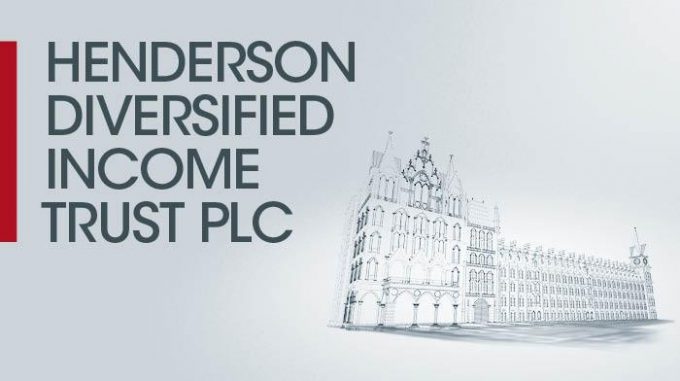Henderson Diversified Income (HDIV) has released its interim results for the six-months ended 31 October 2022. Over the period, Henderson Diversified generated a NAV total return of -10.4% and a share price total return of -10.6%, compared to the -6.9% of its benchmark (a blend of 60% global high yield credit, 25% global investment grade corporate credit, and 15% European loans). The trust’s underperformance was driven predominantly by its overweight holding in investment grade assets, though its high yield and loan holdings outperformed their relative benchmark. Henderson Diversified’s investment managers made the portfolio more defensive during the period, having observed growth turning down – reducing exspoure to high yield in favour of investment grade bonds.
Two interim dividends of 1.10p per share were paid over the six months, in line with that of the previous financial year.
The board has been proactive in trying to control HDIV’s discount, buying back 3.8m shares over the period, at an average discount of 6.63%. Henderson Diversified currently trades on a 2% discount.
Comments from John Pattullo, Jenna Barnard and Nicholas Ware (HDIV’s managers)
“We feel that the market now understands and prices monetary policy risks increasingly well, but fundamental risks are not in the price. We remain cautious on gearing and credit in the short term given current valuations and possible hard landing outlook. We feel a hard economic landing outlook is much more likely than a soft landing. Consequently, we are taking a more defensive stance against default risk:- by favouring investment grade bonds over high yield bonds (and secured loans). We feel the company would be better positioned, in a relative sense, with this asset class bias. However, if a softer economic landing were to occur, the company would be expected to perform reasonably well but with a lower beta to the upside. Further, if we were to experience increased risk aversion, which we do expect, we would be well positioned to add more high yield bonds at more attractive yields going forwards.”
